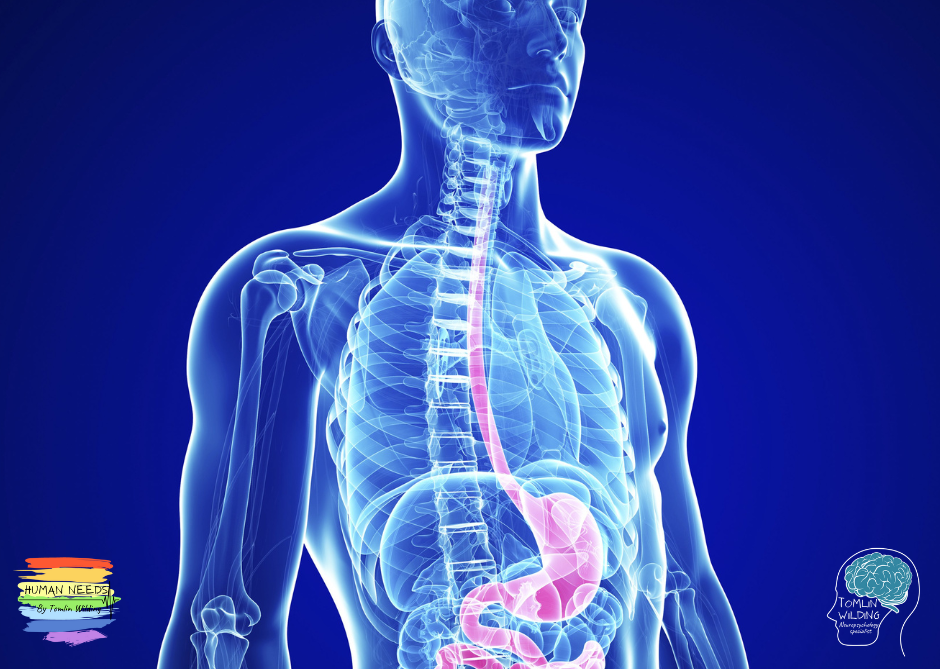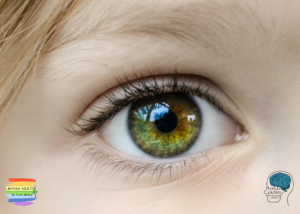The sensory system
Lorem ipsum dolor sit amet, consectetur adipiscing elit. Ut elit tellus, luctus nec ullamcorper mattis, pulvinar dapibus leo.
Sensing
Sensing can be defined as:
“a physical process by which the sensory systems of the body detect and process information from stimuli, in order to perceive and respond”
Tomlin Wilding, 202 Tweet
Key terms
Here are some key terms that will be used defined for you. It is ok to revisit these definitions as you read the material.
Sense: One system that detects specific types of data from external stimuli, transmits this to the brain, and processes it there, integrating it with previous knowledge, and other sensory systems. For example, the auditory system.
Sensation: The experience of the data from stimuli (hearing)
Perception: The understanding gained through the processing and integration of that data.
The senses
Sensory biology
Sensory biology is made up of the central nervous system (CNS), the peripheral nervous system (PNS), and sensory organs. We have covered the CNS and PNS before, so here we will will gain a basic understanding of the neurobiology of the sensory organs.
A sensory organ is a group of related sensory cells that respond to a specific type of stimulus. The components of a sensory organ are receptor cells in the peripheral nervous system, transduction axons, and the sensory cortices in the brain.
Receptor cells come in different types, based on their function, location and ending type. These are seriously cool, so feel free to look up more information on them if this is something you are particularly excited about, or sign up for the nurturing specialism.
Modalities
Each general type of stimulus, and its corresponding sensory system is known as a sensory modality. There are actually eight well-documented and universally recognised human senses (modalities), even though most people think that there are five. They are:
| Modality | Sense | Brain receives and interprets: |
| Auditory | Hearing | Sound |
| Visual | Sight | Images, light and darkness. |
| Olfactory | Smell | Scent |
| Gustatory | Taste | Oral sensation of texture, bitter, sweet, salt and sour. |
| Tactile | Touch | Contact with our skin: human or other |
| Vestibular | Movement | Trajectory, alignment, balance |
| Proprioception | Coordination | Edges of the body, position and placement |
| Interoception | Internal body | Physical regulation from body systems |
These are often categorised into environmental, or external senses, which are the five traditional senses: hearing, sight, smell, touch and taste, and the personal, or internal senses: movement, external body, internal body and touch again.
“Touch” can be put in both categories because somatosensory receptors can be found both externally and internally, and internally contribute to interception as below. Touch is the most important sensory system in humans. However, whilst we love to categorise things, senses rarely work in isolation from each other and there are relationships between many of them that can be tough to separate.
Sub-modalities
Each modality has many sub modalities, or elements of information that contribute to the resulting perception. The table below provides many examples but is not an exhaustive list:
| Modality | Submodality examples |
| Auditory | Location, tonality, tempo, pitch, pace, intensity, clarity, volume, rhythm, multiple-stream sound input. |
| Visual | Association, size, motion, colour, brightness, distance, focus, clarity, depth, shape and frame. |
| Olfactory | Flavour, scent, odor, pheremone, memory, emotion |
| Gustatory | Salt, sweet, salty, bitter, savoury, density, dryness, cohesiveness, viscosity, |
| Tactile | Light pressure, deep pressure, itch, pain, vibration, temperature, and hair movement |
| Vestibular | Balance, trajectory, alignment, motion, orientation, rotation, acceleration and gravitational force |
| Proprioceptive | Pressure, weight, force, stretch, kinesthesia |
| Interoceptive | Hunger, thirst, pain, oxygen levels, blood sugar, blood pressure, gastrointestinal sensation, heart rate, satiation, fullness. |
Multi-modalities
Humans have complex multimodality senses. This means that our perceptions rarely, if ever, result from one modality providing information. In fact, the vestibular sense does not have a specific brain cortex and inputs are combined with multiple modalities for processing. Research shows that it is possible that this complex relationship can impact the perception of other modalities. It is important to understand how interactive the sensory systems are, because it means that any difficulties or differences in just one sense will impact the others.
Other possible senses
Simply for the purposes of informing you properly, we have included a very brief description of a few other possible senses. These are things that are not currently considered to be human senses. Some for good reasons, and others are more questionable. We simply want you to understand that the science here is ever-evolving, and basic education in society takes a long time to catch up, hence the general belief that there are five senses, and any mention of a sixth sense relates to some kind of potentially mythical or “super” power.
Pain
Some sources list our sense of pain in our bodies as a separate modality. It seems obvious to me that although it is clearly one of the things we perceive from our senses, it is something that is interpreted in processing from our tactile and interoceptive senses.
Emotions
Sometimes questioned is whether our experience of emotion is a sense. It is not. A sense cannot be something that is directly created in the brain. There are no “emotional receptors” outside of the CNS.
Magnetic triangulation
Other species have senses that humans do not, or they have different sub modalities where we share common senses. For instance, some animals have echolocation, can sense the humidity in the air, can see ultraviolet, or infrared in the colour spectrum. One of these senses we find in other species is the sense of the magnetic fields of the earth, used by some birds for triangulation. Recently, research discovered that humans have cells in our brain that could detect data from magnetic stimuli. It is suggested that some humans may be sensitive to this, but scientists are still pretty unsure.






